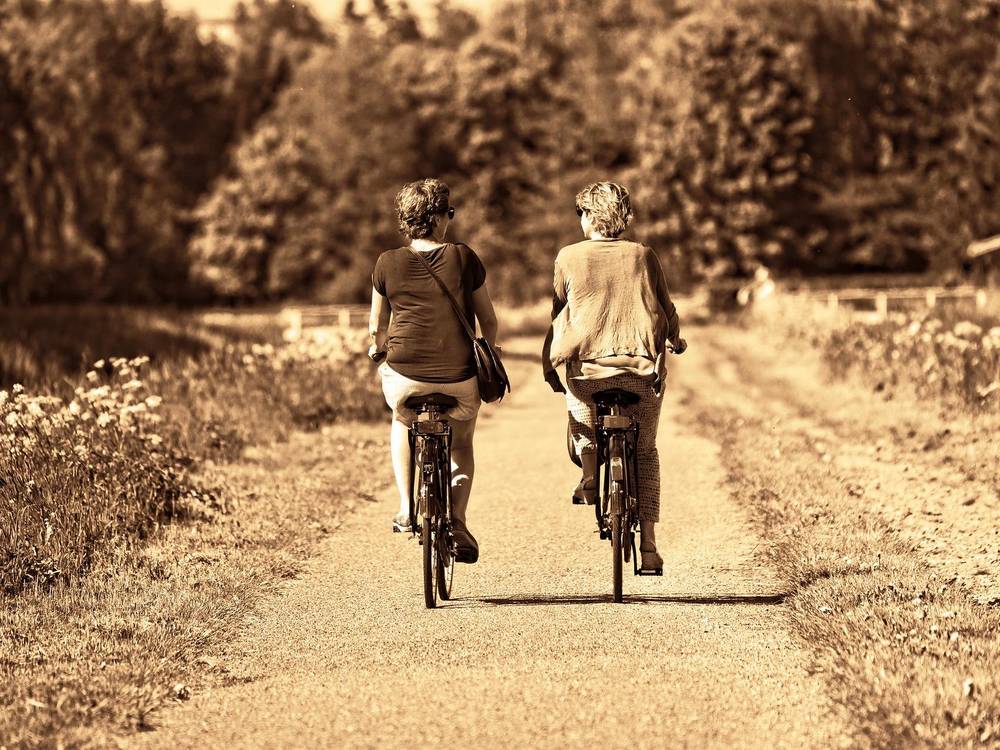As part of the 84th session of the UN Committee on the Elimination of Discrimination against Women (CEDAW), the presentation of the Slovenia’s 7th periodic report on the Implementation of the Convention on the Elimination of All Forms of Discrimination against Women took place on 16/02/2023. On the basis of Slovenia’s report and other collected information, the committee will make final conclusions and recommendations to Slovenia on further required measures to exercise rights arising from the convention. The Human Rights Ombudsman (Ombudsman) also sent findings regarding the situation of women in Slovenia to the committee in writing and members of the committee were addressed at today’s meeting by Jerneja Turin, consultant – analyst of the Centre for Human Rights with the Ombudsman.
“While the Ombudsman identified positive legislation changes in Slovenia, it is crucial to point out certain areas that require further attention for the improvement of the situation of women in Slovenia and achievement of gender equality. Although we are equal before the law, studies show that we are far from equality in society,” Turin pointed out.
Slovenia scores 67.5 out of 100 points on the gender equality index, and its progress in the field of gender equality is slower compared to other members of the European Union (EU).
While the gender pay gap has decreased, according to the Statistical Office of the Republic of Slovenia significant differences in wages remain between men and women in both sectors, regardless of education. In the public sector, for example, the pay gap between men and women with higher education is 15.2%. Women are at greater risk of poverty than men. In Slovenia, women over the age of 59 are most exposed to the risk of poverty (their risk of poverty is 19.5%).
Although the share of elected women in the parliamentary and local elections in 2022 increased, the share of women elected as mayors was only 13.7%. In addition, female politicians, women in other public positions, and female journalists regularly face harassment, sexism, and gender-based insults.
There are still gender differences in the sharing of household tasks. Research shows that the care for children and tasks such as cleaning, tidying up, and cooking remain mostly in the domain of women. Even during the pandemic, women carried the greatest burden of household responsibilities, provided assistance in home schooling, and cared for sick and elderly family members.
According to the latest national research, 22% of women in Slovenia experienced physical or sexual violence and three-quarters of the victims in an intimate partner relationship were women. Women mostly do not report cases of violence to the police or other institutions. “In Slovenia we definitely need more efficient policies and measures to eliminate violence against women,” emphasised Jerneja Turin.
The Human Rights Ombudsman also highlights the situation of Roma women, who live in south-eastern Slovenia mostly in segregated Roma settlements, often without basic living conditions, and also without access to drinking water, toilets, and electricity. The lack of water and toilets particularly affects Roma women, whose responsibility is washing children and clothes and who find it difficult to find privacy for their hygiene and sanitary needs. The Human Rights Ombudsman has been repeating the recommendations regarding the improvement of living conditions of the Roma community for years, but mostly without success. He also regularly points out the close connection between children's living conditions and their school success and (later) employment possibility. Roma women often do not complete schooling. Centres for social work discover early marriages or so-called escapes of minors to harmful environments, extramarital partnerships of minors, and pregnancies of minor girls, which occur mainly in Roma communities. The research also showed that Roma women have a very high rate of hospitalisations for conditions related to pregnancy, childbirth, and the postpartum period (16 times higher than in the entire population).
The Ombudsman informed the Committee of the aforementioned and other findings in detail in writing as well.
The Ombudsman Submitted the Findings on the Situation in Slovenia to the UN Committee for the Elimination of Discrimination Against Women

Photo gallery
(1)
